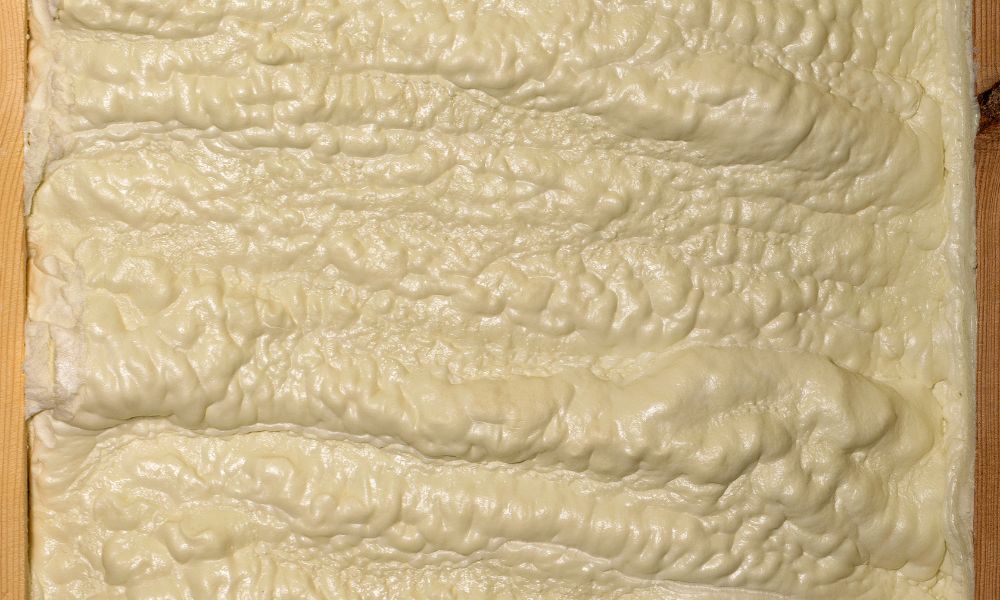
Insulation plays a critical role in maintaining comfort and energy efficiency in our homes. It’s the unsung hero, hidden between our walls or beneath our floors. But as with all things, insulation can also eventually need replacing. The big question for homeowners and renovation professionals alike becomes: What should you do with old insulation? We’ll unpack everything you need to know about disposing of old insulation and how to do so safely.
Types of Insulation and Their Disposal Methods
The first thing to recognize is that insulation comes in many forms, each with its own special needs when it comes to disposal. These are some of the top options and their disposal regulations.
Fiberglass and Cellulose
Fiberglass and cellulose insulation, though made from different materials, are common in homes today. They usually go with general waste unless significantly contaminated, in which case you should treat them as hazardous waste. When contaminated, it’s paramount to seek professional guidance.
Foam Insulation
Foam insulation, particularly the spray type, requires careful handling. The application of certain foam insulations involves chemicals that can be harmful if not handled correctly during removal. This type of insulation may require the help of a specialized facility that can handle the materials safely.
Reflective Insulation
Reflective insulation, typically in attics, also falls under the category of bulk waste unless contaminated or consisting of hazardous materials. When in doubt, contact your local waste management facility or refer to your area’s waste management guidelines.
Local Regulations and Safety
Proper disposal doesn’t just mean following common sense. Many areas have specific regulations in place, especially when dealing with building materials. It’s crucial to be aware of local laws and guidelines for handling and disposing of old insulation. There are also many rules for what you can and can’t throw in a dumpster, so keep these standards in mind.
Furthermore, working with old insulation can pose safety risks. Wear protective gear, such as gloves, masks, and goggles, to prevent skin contact and respiratory issues. Be sure to seal off the area from the rest of your home to stop the spread of contaminants, and work in a well-ventilated space.
Professional Help for Insulation Removal and Disposal
Another thing you need to know about disposing of old insulation is the importance of reaching out for assistance. For those who are unsure about the type of insulation in their home or are uncomfortable with the safety precautions required, professional help can be the best route. Insulation removal specialists are familiar with local guidelines and safety protocols. They have the expertise to handle the full range of insulating materials safely.
Seeking professional help may also be necessary from a practical standpoint. Some insulation types, such as foam, might be extremely difficult for a homeowner to remove without the right tools and experience. The added benefit is that with professional work, you can rest assured that they approach the task with safety in mind.
Disposing of old insulation requires a certain level of knowledge and care. It’s not a task you should approach haphazardly. By understanding the process and taking the right steps, you can ensure that your home renovation is both successful and responsible.






